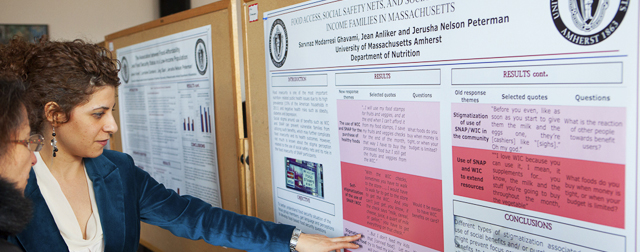Publication Date
2021
Journal or Book Title
Metabolites
Abstract
Consumption of a high-fat diet (HFD) links obesity to colon cancer in humans. Our data show that a HFD (45% energy fat versus 16% energy fat in an AIN-93 diet (AIN)) promotes azoxymethane (AOM)-induced colonic aberrant crypt foci (ACF) formation in a mouse cancer model. However, the underlying metabolic basis remains to be determined. In the present study, we hypothesize that AOM treatment results in different plasma metabolomic responses in diet-induced obese mice. An untargeted metabolomic analysis was performed on the plasma samples by gas chromatography time-of-flight mass spectrometry (GC-TOF-MS). We found that 53 of 144 identified metabolites were different between the 4 groups of mice (AIN, AIN + AOM, HFD, HFD + AOM), and sparse partial least-squares discriminant analysis showed a separation between the HFD and HFD + AOM groups but not the AIN and AIN + AOM groups. Moreover, the concentrations of dihydrocholesterol and cholesterol were inversely associated with AOM-induced colonic ACF formation. Functional pathway analyses indicated that diets and AOM-induced colonic ACF modulated five metabolic pathways. Collectively, in addition to differential plasma metabolomic responses, AOM treatment decreases dihydrocholesterol and cholesterol levels and alters the composition of plasma metabolome to a greater extent in mice fed a HFD compared to the AIN.
DOI
https://doi.org/10.3390/metabo11070448
Volume
11
Special Issue
Colon Cancer Metabolism
Issue
7
License
UMass Amherst Open Access Policy
Creative Commons License

This work is licensed under a Creative Commons Attribution 4.0 License.
Recommended Citation
Zeng, Huawei; Umar, Shahid; Liu, Zhenhua; and Bukowski, Michael R., "Azoxymethane Alters the Plasma Metabolome to a Greater Extent in Mice Fed a High-Fat Diet Compared to an AIN-93 Diet" (2021). Metabolites. 232.
https://doi.org/10.3390/metabo11070448
